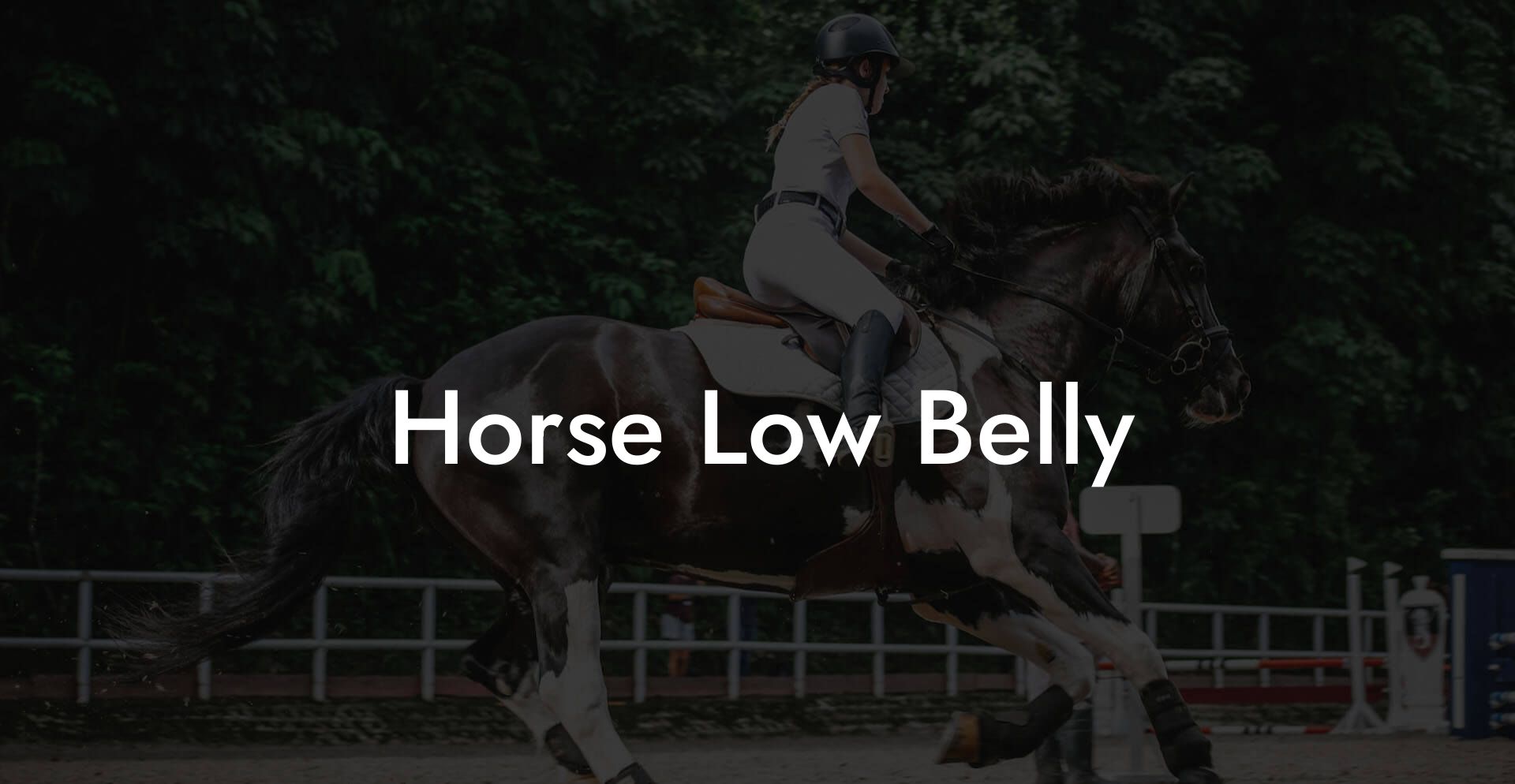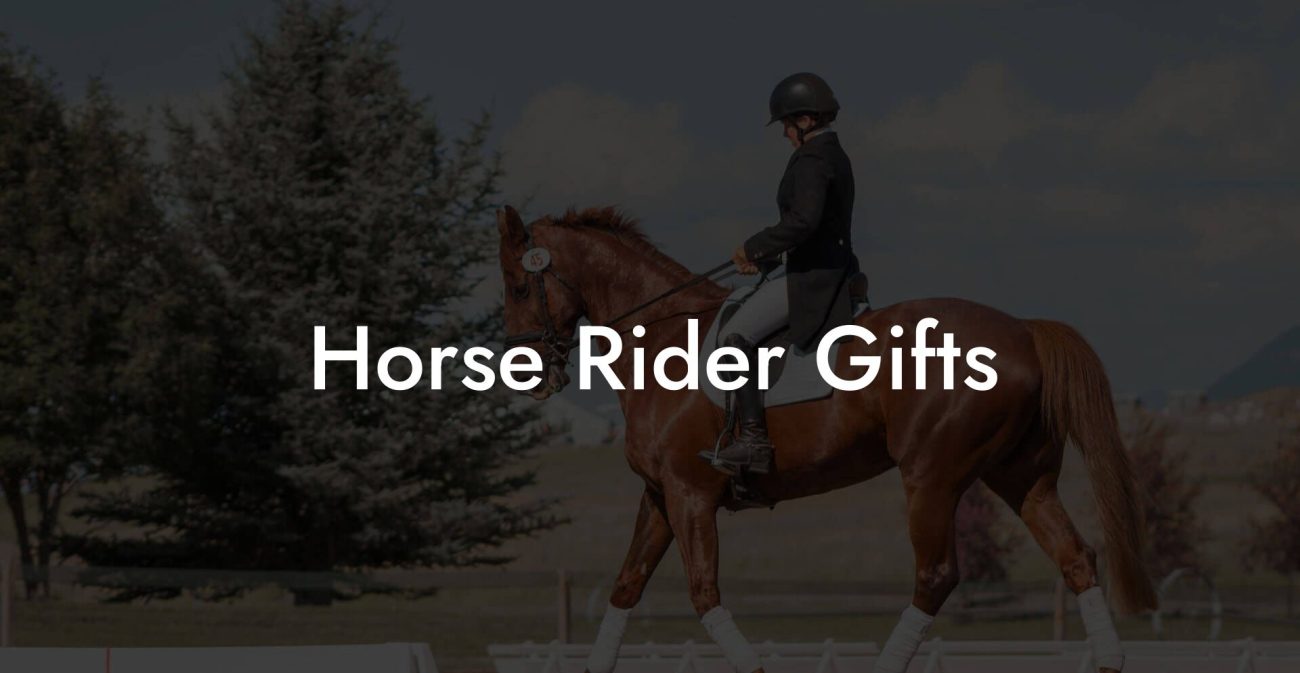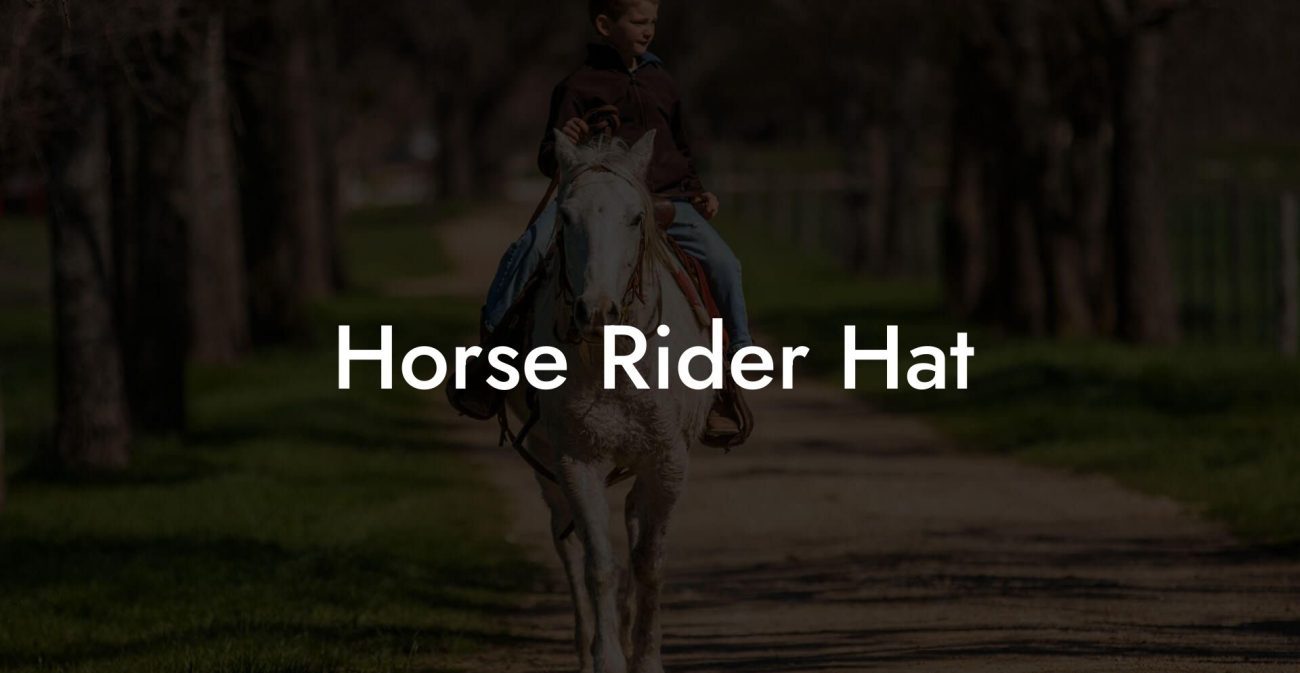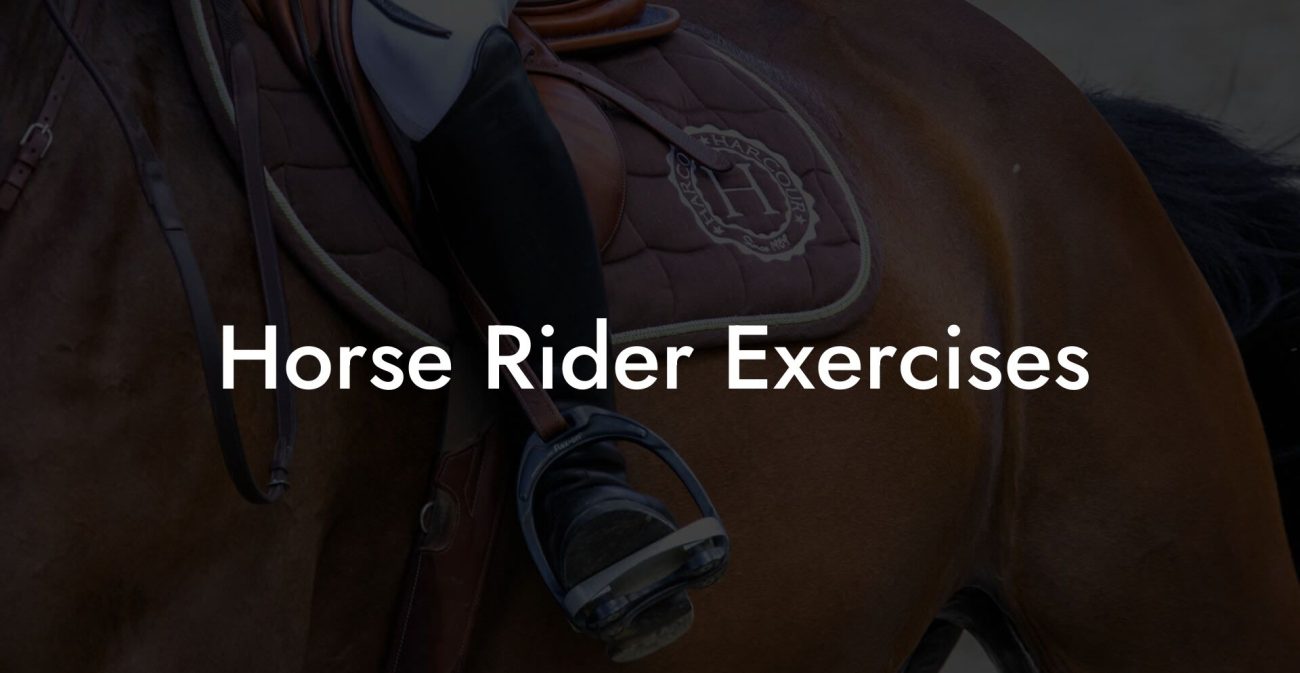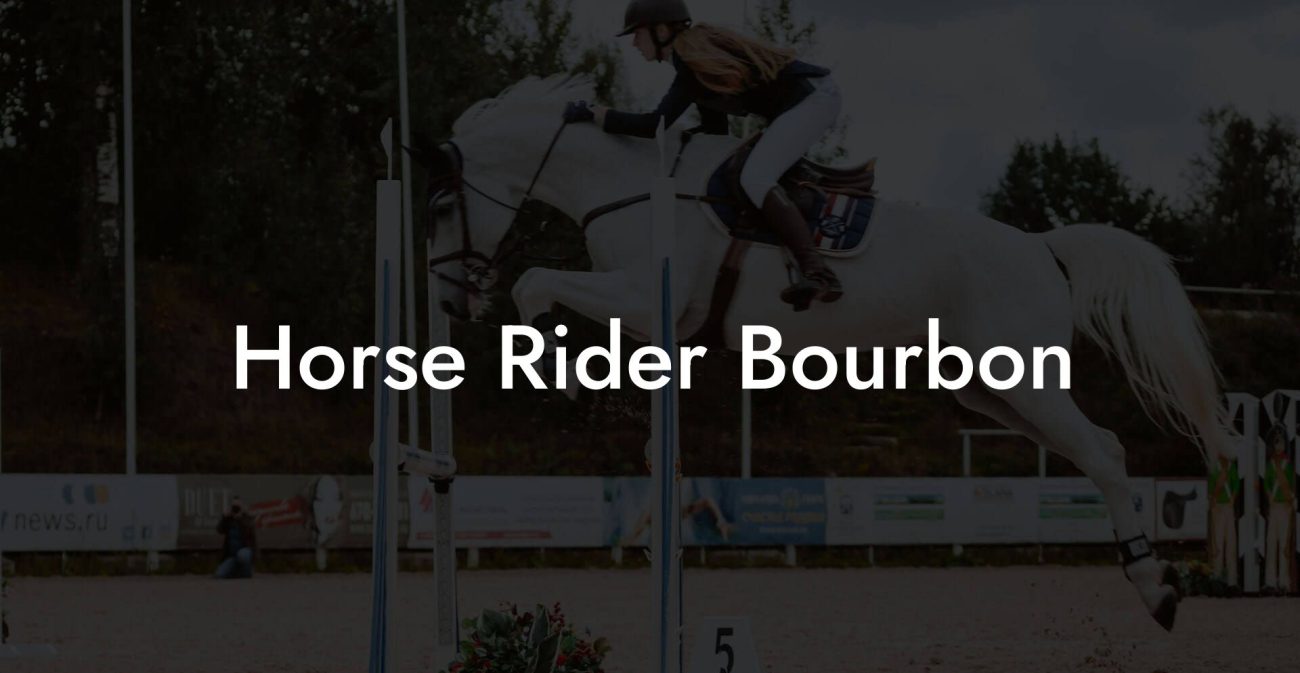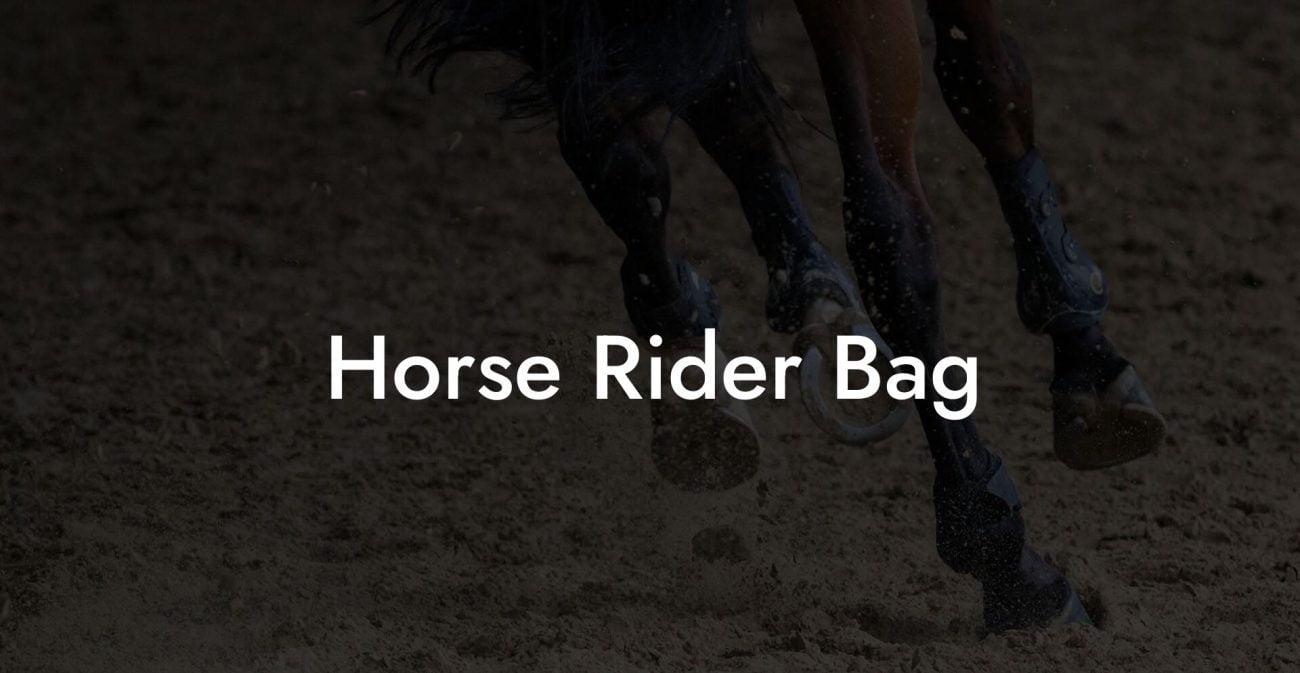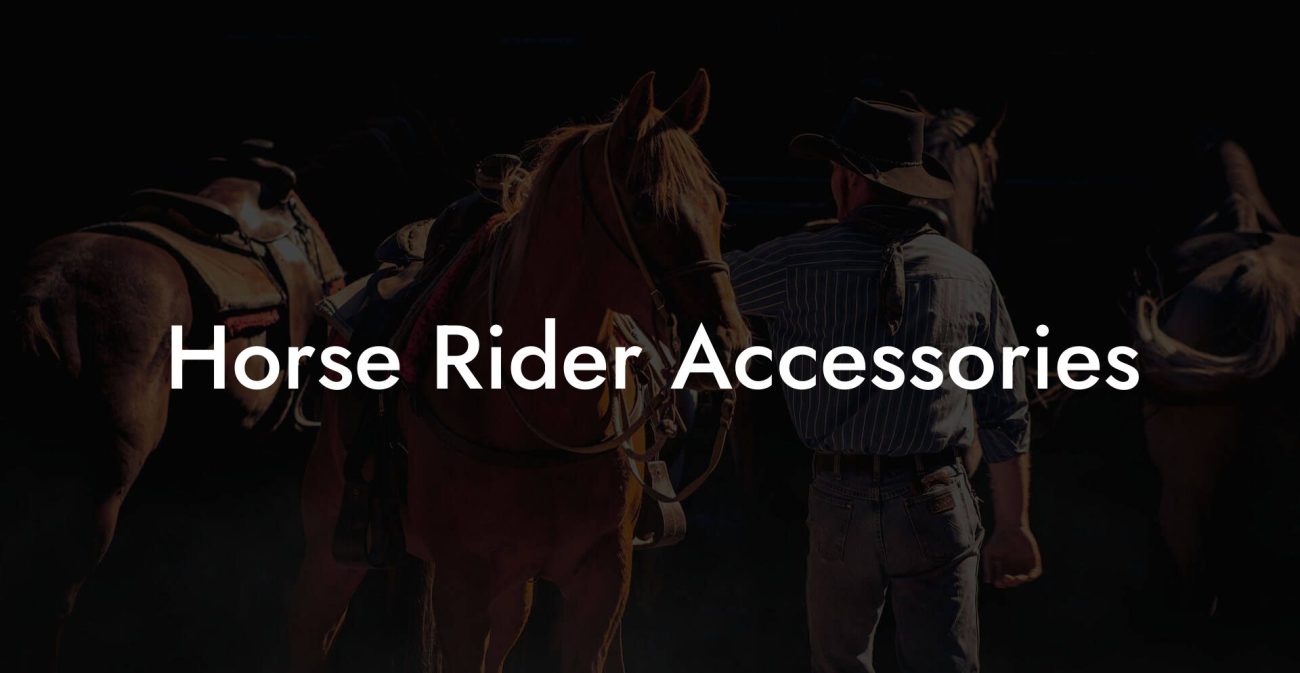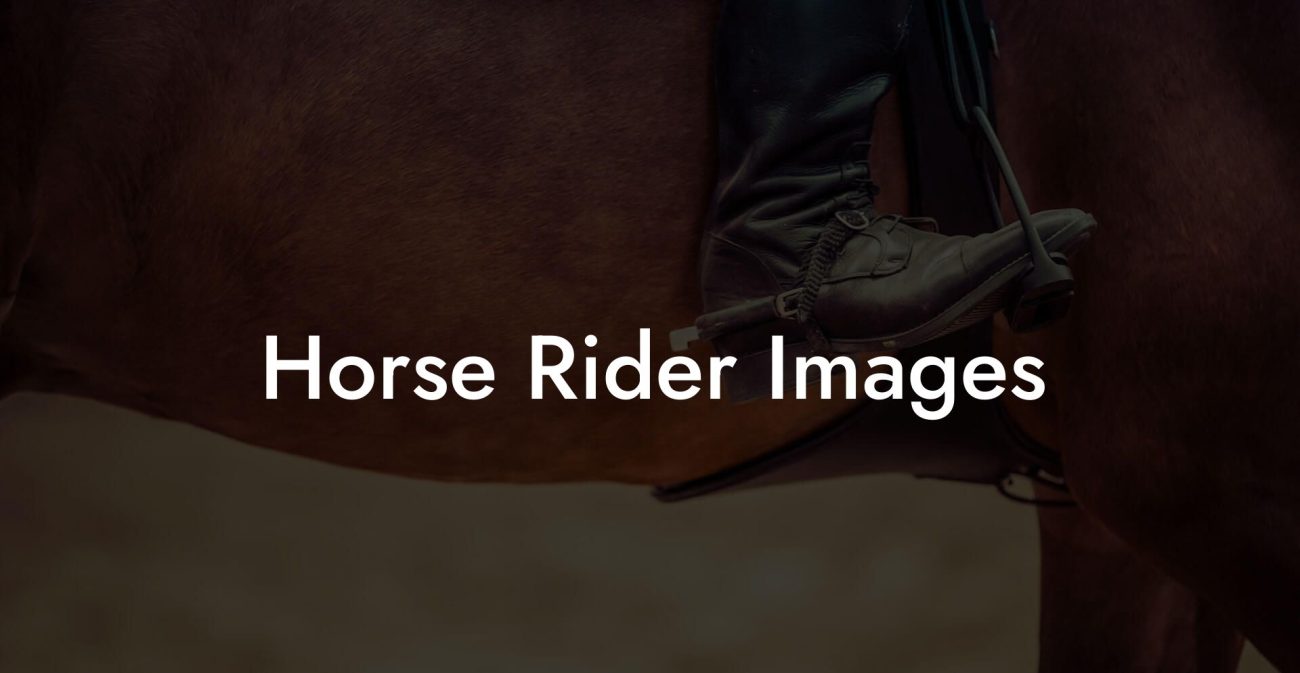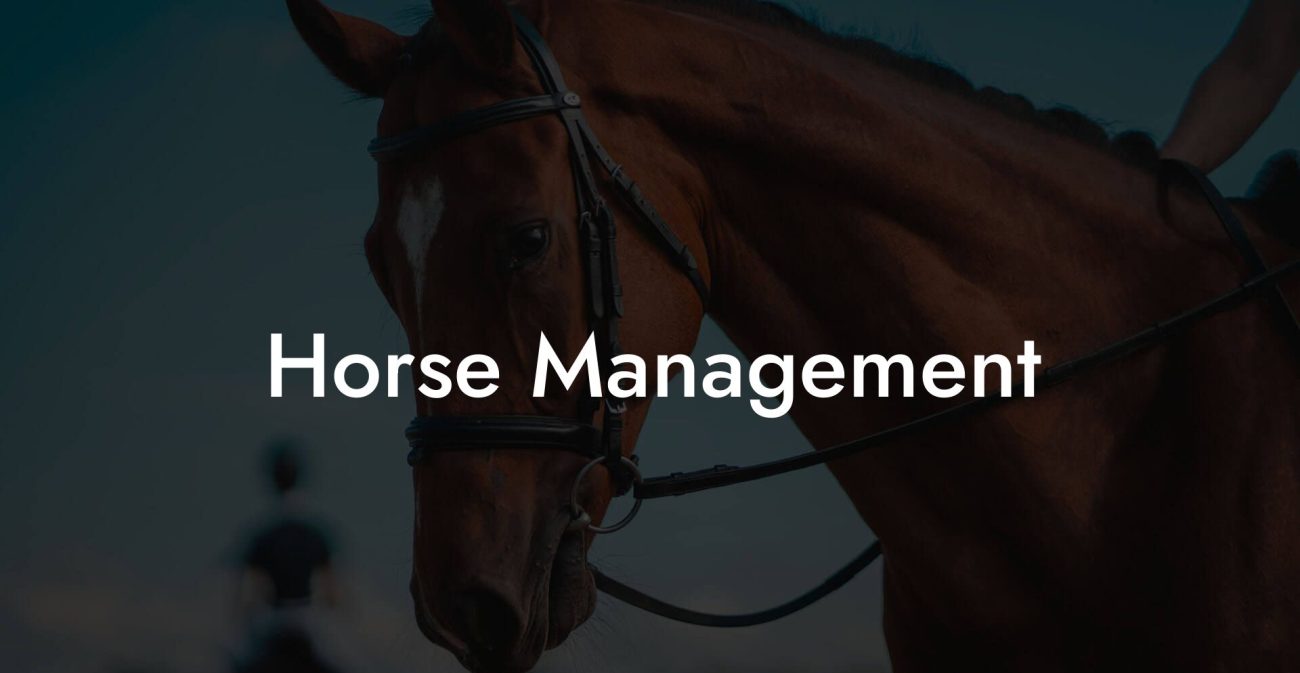Picture this: your horse prancing around the paddock with a belly as smooth as a freshly waxed rodeo floor, radiating health and happiness. When it comes to equine care, especially for that often-overlooked "low belly," the stakes are higher than a barrel of apples in mid-autumn. Our deep-dive guide into "Horse Low Belly" is here to blend a hearty dose of practical advice with a sprinkle of humor and a dash of modern Gen-Z flair, because if your four-legged friend isn’t thriving from the inside out, what’s the point?
Quick Links to Useful Sections
- What Is Horse Low Belly and Why It Matters
- Understanding Equine Low Belly Anatomy
- Common Issues Affecting the Horse Low Belly
- 1. Digestive Discomfort and Colic
- 2. Skin Irritations and Abscesses
- 3. Poor Muscle Tone and Fat Deposits
- 4. Digestive Upheavals and Ulcers
- Nutritional Essentials for a Healthy Equine Low Belly
- Feed Quality and Balanced Diet
- Hydration: The Unsung Hero
- Probiotics and Digestive Aids
- Holistic Grooming Practices for Your Equine Low Belly
- Routine Cleaning and Inspection
- Massage and Circulation Boosters
- Targeted Skincare Treatments
- Exercise and Fitness: Boosting the Backbone of Equine Health
- Incorporating Core and Abdominal Workouts
- Outdoor Activities and Mental Enrichment
- Therapeutic Exercises and Stretching
- Complementary and Preventative Care: Merging Veterinary and Holistic Approaches
- Regular Veterinary Check-Ups
- Herbal Supplements and Natural Remedies
- Stress Reduction Techniques
- Real-Life Success Stories: Transforming Low Belly Health
- Case Study 1: From Sluggish to Spirited
- Case Study 2: The Turnaround of a Competitive Stallion
- Case Study 3: Overcoming Skin Irritations in a Show Jumper
- Designing Your Horse’s Personalized Low Belly Health Plan
- Step 1: Detailed Health Assessment
- Step 2: Customizing the Diet
- Step 3: Establishing a Consistent Exercise Routine
- Step 4: Integrating Complementary Care
- Step 5: Tracking Progress and Adapting
- Resources and Community Support: Your Next Steps
- Horse Low Belly FAQs: Your Questions Answered
- Your Path to a Vibrant, Healthy Horse Low Belly
What Is Horse Low Belly and Why It Matters
When we talk about “Horse Low Belly,” we’re zooming in on that crucial portion of your equine companion’s midsection that often hides more than meets the eye. The low belly is essentially the frontier where internal health, skin condition, and overall fitness converge. It’s not just about a smooth exterior; it’s linked directly to your horse’s digestive health, comfort, and even performance. A well-cared-for low belly can mean fewer digestive upsets, a lower risk of colic, and a happier, more energetic horse overall.
For Gen-Z and millennial horse owners, understanding and maintaining a healthy low belly goes beyond the basics. It’s an essential component of comprehensive equine care, merging traditional wisdom with modern insights, think of it as holistic wellness for your horse that starts right in the gut!
Understanding Equine Low Belly Anatomy
The anatomy of a horse’s low belly is a fascinating interplay of muscles, skin, and digestive organs. This region, nestled beneath a horse’s powerful torso, houses vital components like the large intestine, supporting muscles, and layers of fat that act as natural insulation. Just like how we rave about our core workouts, equine low belly health demands a strong, balanced foundation.
A closer look at the anatomy reveals why this area is prone to issues. The equine digestive system is complex and highly sensitive. Any imbalance in diet or routine can result in discomfort that resonates directly in the low belly area. Hence, maintaining proper muscle tone, facilitating optimal blood flow, and safeguarding the skin integrity are of utmost importance, not only for aesthetics but for overall performance.
Knowing the structure and function of your horse’s low belly transforms routine care into an art form. With keen observation and proper care techniques, even minor imbalances can be identified early, allowing you to act proactively rather than reactively.
Common Issues Affecting the Horse Low Belly
Despite being a resilient area, the low belly is susceptible to several common issues. Recognizing these challenges early can turn a potential emergency into a manageable situation.
1. Digestive Discomfort and Colic
The low belly is often the first to signal digestive distress. Colic, a term that covers a range of abdominal pain issues in horses, can sometimes manifest through changes in the belly’s appearance, such as bloating or tension. While colic can be caused by multiple factors, maintaining a balanced diet and regular exercise can significantly reduce its incidence.
2. Skin Irritations and Abscesses
Horses are not immune to skin problems. The low belly may show signs of rashes, insect bites, or abscesses, particularly in climates that favor bugs or after prolonged exposure to muddy conditions. Regular grooming and targeted skin care can help alleviate these issues.
3. Poor Muscle Tone and Fat Deposits
Much like our own core, a horse’s muscles need to be strong and toned. A saggy or flabby low belly might hint at inadequate exercise, nutritional imbalances, or even underlying illness. Maintaining a consistent fitness routine is key to avoiding undesirable fat deposits in this sensitive area.
4. Digestive Upheavals and Ulcers
Stress, coupled with an improper diet, can lead to ulcers and chronic digestive issues that impact the lower belly. Subtle signs include reduced appetite and changes in manure consistency. Early veterinary intervention is critical to prevent minor issues from escalating.
In a nutshell, the low belly is a delicate balancing act of internal and external health components. As a dedicated horse owner, staying vigilant and responsive to any changes is not just a necessity, it’s a celebration of life and vitality for your equine partner.
Nutritional Essentials for a Healthy Equine Low Belly
You are what you eat, and that’s as true for horses as it is for us. Proper nutrition is the cornerstone of maintaining a robust low belly, ensuring that your horse has the vitality to gallop into every new day with gusto.
Feed Quality and Balanced Diet
High-quality feed, replete with essential nutrients, forms the foundation of a healthy low belly. A balanced diet should include:
- Forage: The majority of your horse’s diet should be made up of rich, high-fiber hay or pasture grass. Fiber is crucial for digestive health and keeping the gut moving.
- Concentrates: Grains and specially formulated pellets can offer the extra energy needed, especially for performance horses. However, moderation is key to avoid unnecessary weight gain.
- Vitamins and Minerals: Supplements rich in vitamins A, C, E, and minerals like selenium help fortify the immune system and promote skin integrity and muscle recovery.
Hydration: The Unsung Hero
Water is incredibly undervalued in any nutritional strategy, yet its role in digestion and overall health cannot be overstated. Constant access to clean, fresh water helps maintain digestive fluidity and ensures that nutrients are properly absorbed.
Probiotics and Digestive Aids
Given the sensitivity of the equine digestive system, integrating probiotics into your horse’s diet can aid in maintaining gut flora balance, reducing the risk of digestive upsets. These friendly bacteria are especially beneficial during dietary transitions or when your horse is under stress.
By finely tuning your horse’s diet, you can directly influence the health and strength of its low belly. Think of it as the ultimate form of internal pampering, a daily feast that not only satisfies hunger but also bolsters overall vitality.
Holistic Grooming Practices for Your Equine Low Belly
Grooming isn’t merely about aesthetics; it plays a pivotal role in equine health, particularly for the low belly. With a mix of modern techniques and time-tested methods, grooming serves as a window into your horse’s overall well-being.
Routine Cleaning and Inspection
Regular cleaning of your horse’s low belly is essential. Dirt and sweat can trap bacteria, leading to skin irritations or infections if left unchecked. Make it a habit to gently clean this area after exercise or exposure to muddy conditions. This not only keeps your horse looking fresh but also offers you a chance to inspect for any early signs of skin issues.
Massage and Circulation Boosters
Much like biohacking for humans, strategic massage techniques can work wonders in boosting circulation in the low belly. Take a few minutes during your grooming routine to massage the area with a gentle, circular motion. This helps reduce tension, alleviates minor discomfort, and promotes a better flow of blood and nutrients.
Targeted Skincare Treatments
Depending on your climate and your horse’s coat type, specialized skincare products might be needed. Natural oils and gentle cleansers can help soothe irritated skin and prevent the build-up of harmful microorganisms. Using a high-quality, horse-friendly moisturizer can maintain skin elasticity and ward off dryness.
The grooming ritual becomes not only a time for physical care but also a bonding experience that reinforces your role as a nurturing caregiver. As you pamper your horse’s low belly, you create an environment of trust, relaxation, and overall health.
Exercise and Fitness: Boosting the Backbone of Equine Health
Regular physical activity is the secret weapon to achieving a toned, resilient low belly. Exercise promotes better circulation, aids in digestion, and enhances muscle tone, helping your horse maintain an ideal physique and exemplary performance.
Incorporating Core and Abdominal Workouts
Although horses don’t perform Pilates classes (yet), their natural movements during riding and turnout mimic a full-body workout that targets the core. Activities such as trotting, cantering, and even controlled lunging create a dynamic workout for the abdominal muscles. Just as we schedule our gym sessions, setting aside regular time for exercise ensures that the low belly remains toned and efficient.
Outdoor Activities and Mental Enrichment
Outdoor activities do more than boost physical conditioning, they also stimulate your horse’s mental well-being. Adequate turnout time, trail rides, and obstacle courses not only strengthen the low belly but also relieve stress, which is crucial for maintaining a healthy digestive system.
Therapeutic Exercises and Stretching
Incorporating light stretching and flexibility exercises can help keep the low belly supple. After a long day of training or riding, a few targeted stretches can ease muscle tightness and encourage better nutrient delivery throughout the tissue. Such routines are particularly beneficial for older horses or those recovering from bouts of discomfort.
Regular exercise is more than a chore, it’s a celebration of motion and life that enriches your horse from the inside out. The result is a naturally balanced low belly that stands as a testament to comprehensive equine wellness.
Complementary and Preventative Care: Merging Veterinary and Holistic Approaches
While daily care, nutrition, and exercise lay the groundwork for an exemplary low belly, sometimes an extra layer of care is necessary. This is where complementary treatments and preventative measures join the conversation.
Regular Veterinary Check-Ups
A proactive approach to equine health involves routine veterinary visits. Regular check-ups can catch early signs of issues such as colic, skin infections, or digestive imbalances. Don’t wait until small nuisances turn into big problems, a stitch in time saves nine, and a healthy low belly ensures many more years of joyful gallops.
Herbal Supplements and Natural Remedies
Integrating natural supplements, such as probiotics, digestive enzymes, and herbal infusions, can reinforce your horse’s digestive fortitude. These remedies work in harmony with your horse’s body, enhancing natural healing processes and reducing inflammation in the low belly area.
Stress Reduction Techniques
Stress isn’t just a human problem; horses feel it too. A stressed horse is more susceptible to digestive upset and muscle tension. Creating a calm, stable routine, complete with ample time for rest, social interaction, and mental stimulation, can significantly improve your horse’s overall well-being and keep that low belly in tip-top shape.
Integrating veterinary insights with holistic treatments ensures that every aspect of your horse’s health is addressed. It’s a comprehensive, layered approach that leaves no stone unturned.
Real-Life Success Stories: Transforming Low Belly Health
If words weren’t enough to convince you, let the experience of fellow horse owners do the talking. Numerous stories from the field illustrate that transformations in low belly health are not only possible, they’re happening every day.
Case Study 1: From Sluggish to Spirited
Bella, a spirited mare with a notoriously “low energy” belly, began to show worrying signs of digestive distress and slight bloating. Her owner, a tech-savvy millennial with a knack for research, overhauled Bella’s diet by switching to higher-fiber hay and incorporating probiotics. Alongside regular gentle exercise and targeted massage sessions, Bella’s low belly quickly transformed from a soft, vulnerable area into a firm and resilient hub of energy. Not only did her digestive health improve, but her overall mood brightened, Bella now greets every ride with renewed enthusiasm.
Case Study 2: The Turnaround of a Competitive Stallion
Max, a competitive stallion known for his speed, began experiencing mild discomfort in his low belly after intensive training sessions. With a busy schedule and high performance demands, even a slight imbalance could hamper his abilities. His caregivers introduced a comprehensive plan: precision nutrition adjustments, regular low-intensity core exercises, and frequent veterinary checks. Over the course of a few months, Max’s condition stabilized, his low belly became noticeably more toned, and he returned to competition with a spring in his step and a back-to-form performance that stunned his rivals.
Case Study 3: Overcoming Skin Irritations in a Show Jumper
In the world of competitive show jumping, appearance and performance go hand in hand. Daisy, a show jumper renowned for her acrobatic leaps, was troubled by recurring skin irritations and abscesses around her low belly. Her owner embraced a holistic approach by incorporating natural herbal washes, specialized skincare treatments, and periodic massage sessions to boost circulation. This multi-pronged strategy not only alleviated the skin issues but also enhanced Daisy’s overall well-being, leading to a noticeable improvement in her performance and a more photogenic, confident stance at competitions.
These real-life transformations remind us that a dedicated, comprehensive strategy, one that merges nutrition, exercise, grooming, and preventive care, can truly revolutionize your horse's low belly health.
Designing Your Horse’s Personalized Low Belly Health Plan
Every great journey starts with a well-crafted plan, and when it comes to equine care, personalized strategies are the game-changers. Creating an individualized low belly health plan for your horse involves a blend of routine checks, tailored nutrition, and lifestyle adjustments.
Step 1: Detailed Health Assessment
Begin with a comprehensive evaluation by a trusted veterinarian and, if available, an equine nutritionist. A full assessment will dive into everything from digestive health and muscle tone to behavioral aspects and daily routines. This step sets a baseline and ensures that you’re addressing all areas that might impact the low belly.
Step 2: Customizing the Diet
Work with dietary experts to create a feed plan that emphasizes high-quality forage, balanced concentrates, and essential supplements. Tailor the diet to minimize digestive stress and optimize nutrient absorption, all of which will contribute to a firmer, healthier low belly.
Step 3: Establishing a Consistent Exercise Routine
Outline an exercise regimen that fits your horse’s age, breed, and activity level. Incorporate both high-energy workouts and low-impact activities that focus on core strength. Consistency, as with any fitness plan, is key to maintaining muscle tone and overall vibrancy.
Step 4: Integrating Complementary Care
Decide on the complementary therapies that resonate with your horse’s needs. Whether it’s regular massages, gentle stretching routines, or natural topical treatments for the skin, these additional layers of care help create a robust, multidimensional health plan.
Step 5: Tracking Progress and Adapting
Just as with any health journey, keeping track of progress is crucial. Maintain a daily or weekly log documenting your horse’s behavior, physical changes, and any improvements in low belly tone and overall vitality. Regular reviews with your vet or equine specialist will ensure that your plan evolves along with your horse’s needs.
A personalized low belly health plan is a living document, a dynamic blueprint that helps you provide top-notch care. By investing the time upfront, you lay the foundation for a lifetime of enhanced performance and well-being.
Resources and Community Support: Your Next Steps
Ready to take your horse’s care to the next level? The journey to a healthier low belly is best traveled with a community of like-minded enthusiasts and experts. Here are some resources and strategies to stay connected and informed:
- Local Equine Clinics and Vet Networks: Build relationships with local veterinary experts who specialize in equine nutrition and holistic care. Their insights can be invaluable, especially when you’re tailoring a custom plan for your horse.
- Online Forums and Social Media Groups: Platforms like Facebook groups, Reddit, and Instagram are treasure troves of tips, personal stories, and expert advice. Engage with communities that share your passion for horse care and keep up with trending best practices.
- Workshops and Webinars: Look for events hosted by equine nutritionists, veterinarians, or seasoned horse trainers that delve into topics like digestive health, exercise regimes, and preventative care strategies.
- Reading Material: Invest in well-reviewed books, publications, and credible websites that focus on equine digestive health, nutrition, and overall wellness. The more informed you are, the better prepared you’ll be to address any issues head-on.
- Local Riding Clubs and Stables: Never underestimate the power of a community that rides together. Sharing experiences in person can solidify your understanding and provide practical, day-to-day advice that’s specific to your environment.
By tapping into these resources, you not only keep your finger on the pulse of the latest trends in equine care but also ensure that you’re supported by a community committed to lifting up every aspect of horse health, from the vibrant low belly right up to a shining mane.
Horse Low Belly FAQs: Your Questions Answered
Below are some frequently asked questions that dive deep into the world of horse low belly care, addressing everything from diet to exercise and holistic remedies:
1. What exactly does "Horse Low Belly" refer to?
"Horse Low Belly" refers to the lower abdominal area of the horse, an essential zone that plays a key role in digestive health, muscle tone, and overall vitality. Proper care of this area is crucial for maintaining overall equine wellness.
2. What are common issues that affect the low belly?
Common issues include digestive discomfort and colic, skin irritations or abscesses, poor muscle tone, and even inflammatory digestive upsets. Regular monitoring, proper nutrition, and appropriate exercise can mitigate these challenges.
3. How can diet improve my horse's low belly health?
A balanced, nutrient-rich diet, emphasizing high-quality forage, appropriate concentrates, and essential supplements, supports digestive function, reduces inflammation, and strengthens core muscles that form the low belly.
4. Are there specific exercises for a healthy equine low belly?
While horses naturally exercise through movement, targeted activities that focus on core strength and overall fitness, such as controlled lunging, moderate trotting, and gentle stretching routines, can enhance low belly tone.
5. Can holistic grooming help prevent skin issues?
Yes, regular grooming, including cleaning, massage, and the use of natural skincare products, helps prevent infections, reduces irritation, and promotes healthy circulation in the low belly region.
6. How important are veterinary check-ups for maintaining low belly health?
Routine veterinary exams are essential. They help detect early signs of issues such as colic, skin infections, or muscle imbalances and ensure that any necessary adjustments to diet or exercise are made promptly.
7. What role do supplements like probiotics play?
Probiotics and digestive enzymes support healthy gut flora, ensuring stable digestion and immune support, both of which are pivotal in maintaining a resilient, healthy low belly.
8. Can I implement holistic treatments at home?
Absolutely. Many aspects of holistic equine care, such as regular grooming, natural skincare routines, dietary adjustments, and light, consistent exercise, can be effectively managed at home with the proper guidance.
9. How do environmental factors affect the low belly?
Factors like weather, stable hygiene, and the quality of turnout areas can impact the skin and digestive health of the low belly. Consistent cleaning and appropriate environmental adjustments can help keep issues at bay.
10. What can I do if I notice early signs of low belly issues?
Early intervention is key. If you notice symptoms like bloating, skin irritation, or unusual behavior, consult your veterinarian immediately and reassess your horse’s nutrition, exercise, and overall care routines.
Your Path to a Vibrant, Healthy Horse Low Belly
Embarking on the journey toward optimal low belly health for your horse is as much about passion and care as it is about routines and schedules. It’s a celebration of your horse’s well-being, a commitment to ensuring that every stride, every gallop is powered by a robust and resilient midsection.
From the nutritional nuances to the holistic grooming rituals, every aspect of this guide is designed to empower you with the tools and insights needed to nurture a happy, healthy horse. This isn’t just about preventing problems, it’s about elevating your horse’s overall quality of life.
By embracing a multi-layered approach that includes conventional veterinary wisdom, modern dietary science, and holistic practices, you forge a bond with your horse built on trust, care, and proactive attention. Your efforts not only help your horse thrive physically but also deepen the unspoken connection that makes every ride, every moment on the trail, truly magical.
So grab that brush, dust off those supplements, and schedule that vet check-up, your horse’s low belly warrants the best, and so does your four-legged friend. Together, you’re carving out a path paved with vitality, resilience, and a dash of equine swagger that’s bound to put a smile on every rider’s face.

